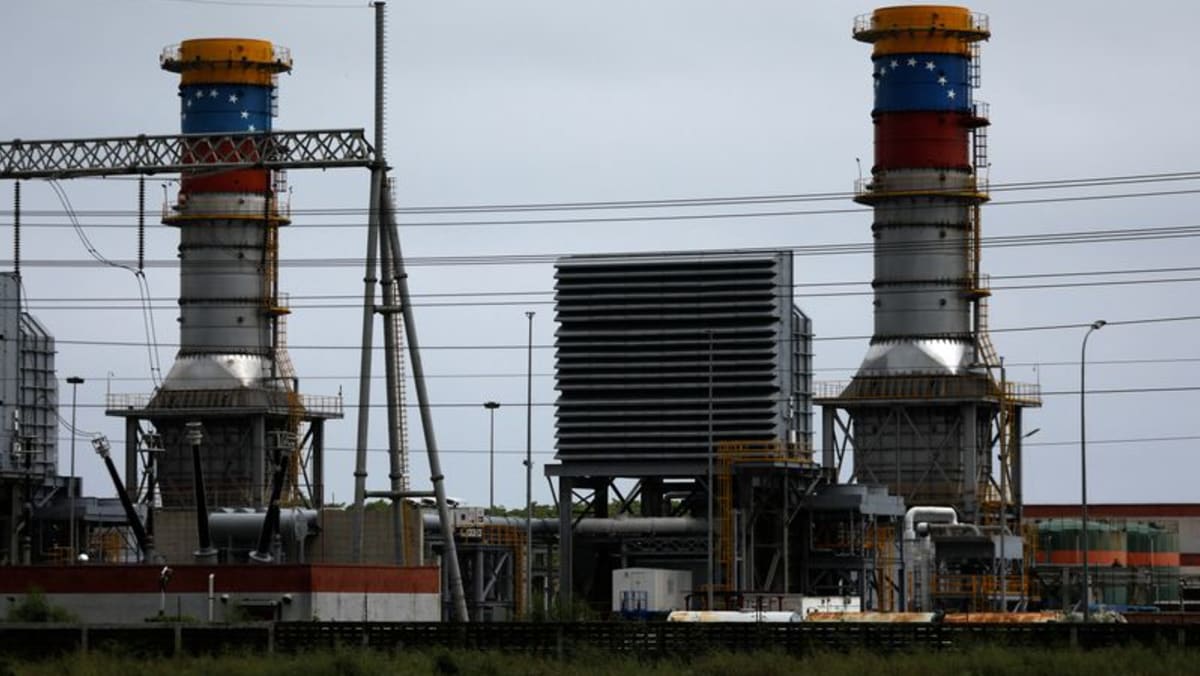LONDON :Oil prices were broadly steady on Thursday, as investors weighed U.S. sanctions on Venezuela and Iran, and robust U.S. jobs data against the wider backdrop of demand concerns and easing Middle East tensions that had pushed prices 3 per cent lower on Wednesday.
Brent futures were up 10 cents, or 0.11 per cent, to $87.39 a barrel at 1358 GMT, while U.S. crude futures were 26 cents higher, or 0.31 per cent, at $82.95 a barrel.
Both benchmarks had dropped over $1 at their intra-day lows, touching their weakest in around three weeks.
Venezuela lost a key U.S. license that allowed it to export oil to markets around the world, which would hit the volume and quality of its crude and fuel sales.
The market is “finally starting to metabolize the fact that Venezuelan sanctions are back,” said Kpler’s lead crude analyst Viktor Katona.
“Venezuela being sanctioned back happens simultaneously to Mexico cutting its crude exports, meaning the U.S. Gulf Coast is headed into the summer season with limited options on the supply of heavy crudes,” Katona added.
The U.S. also announced sanctions on Iran targeting the country’s unarmed aerial vehicle production after its drone strike on Israel last weekend.
But additional sanctions avoided Iran’s oil industry. Iran is the third largest oil producer in the Organization of the Petroleum Exporting Countries (OPEC), according to Reuters data.
Earlier in the day, Iran had said it could review its “nuclear doctrine” in response to retaliatory Israeli threats, which could have provided some support to oil prices, according to PVM analyst Tamas Varga.
The news comes after investors had been largely unwinding the geopolitical risk premium in oil prices in the last three sessions – during which Brent lost around 3.5 per cent – on the perception that any Israeli retaliation to Iran’s attack on April 13 will be moderated by international pressure.
Meanwhile, U.S. jobless claims were unchanged at low levels last week, pointing to continued labor market strength which is driving the economy and postponing the prospect of U.S. rate cuts until September.
Surging U.S. crude inventories also pressured prices on Wednesday. Oil inventories rose by 2.7 million barrels to 460 million barrels in the week ending April 12, the Energy Information Administration said, nearly double analysts’ expectations in a Reuters poll for a 1.4 million-barrel build.
Stockpiles built up as refinery utilization declined at a time when processing typically rises ahead of summer driving demand in the U.S.














